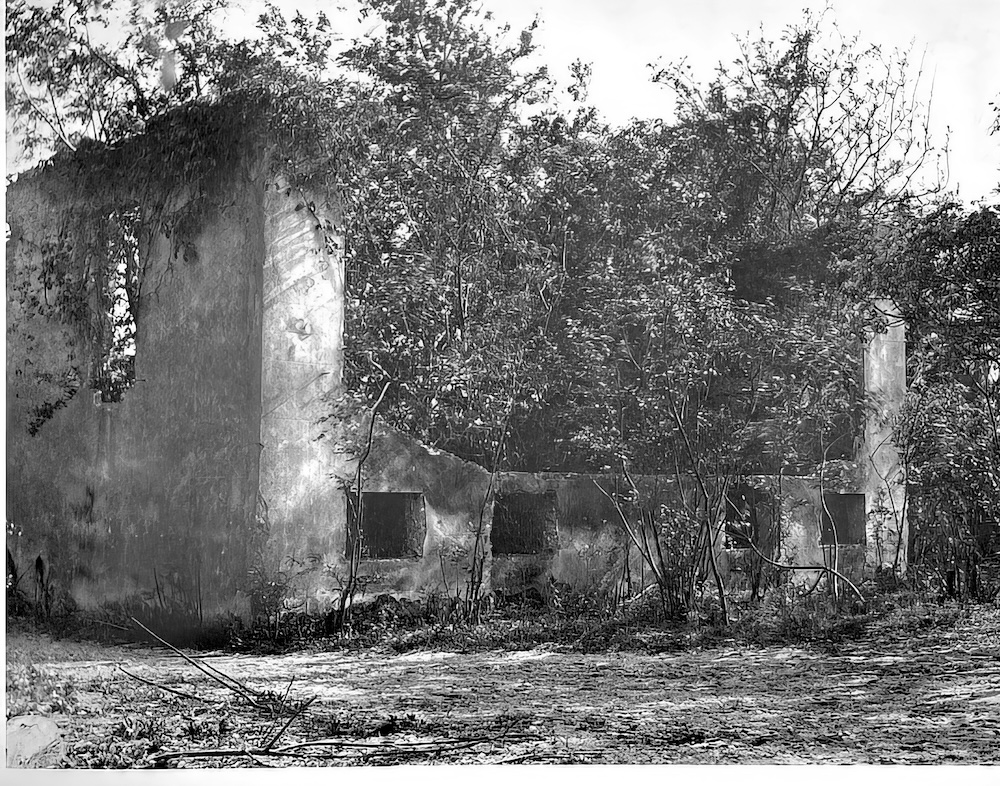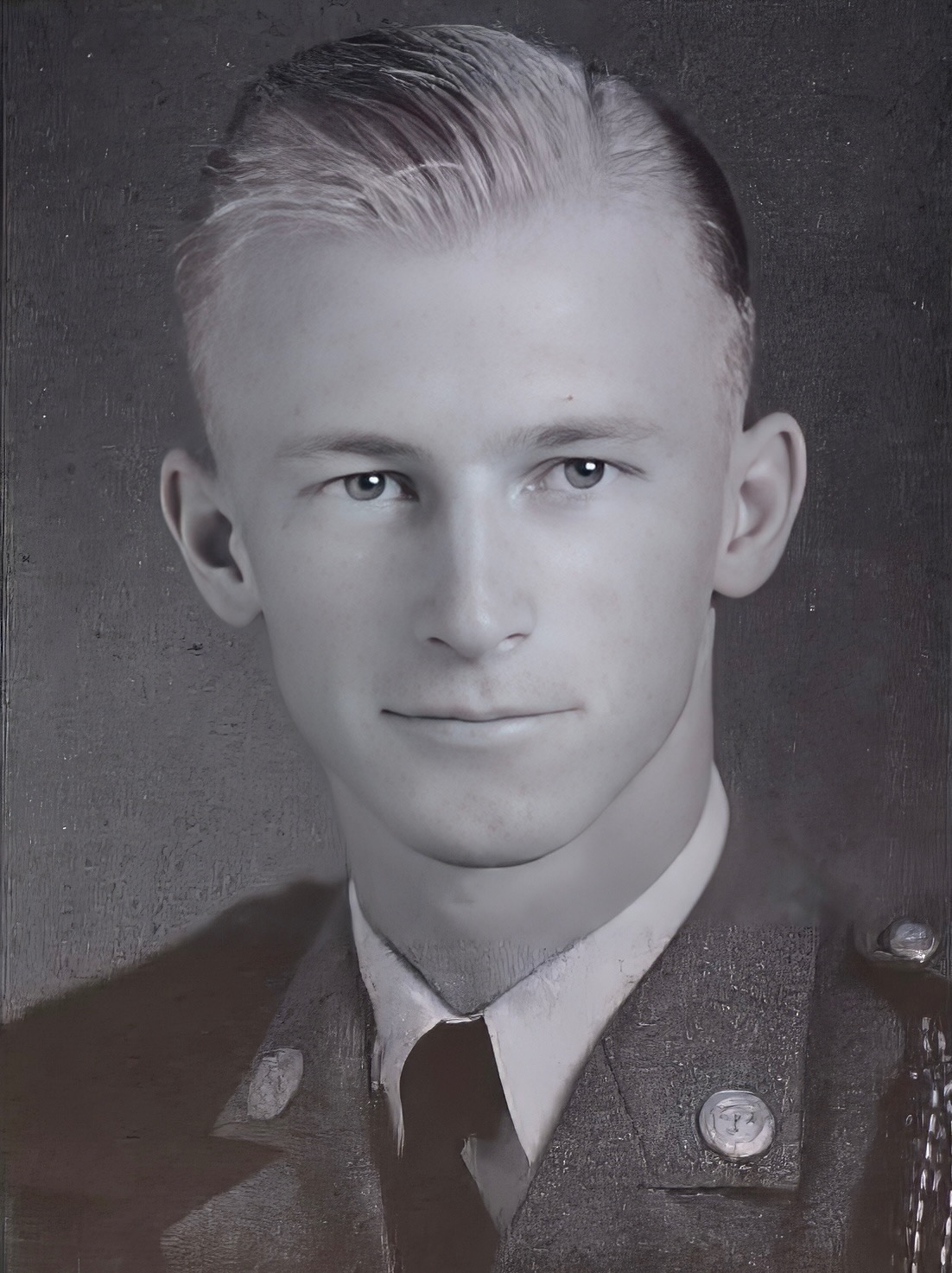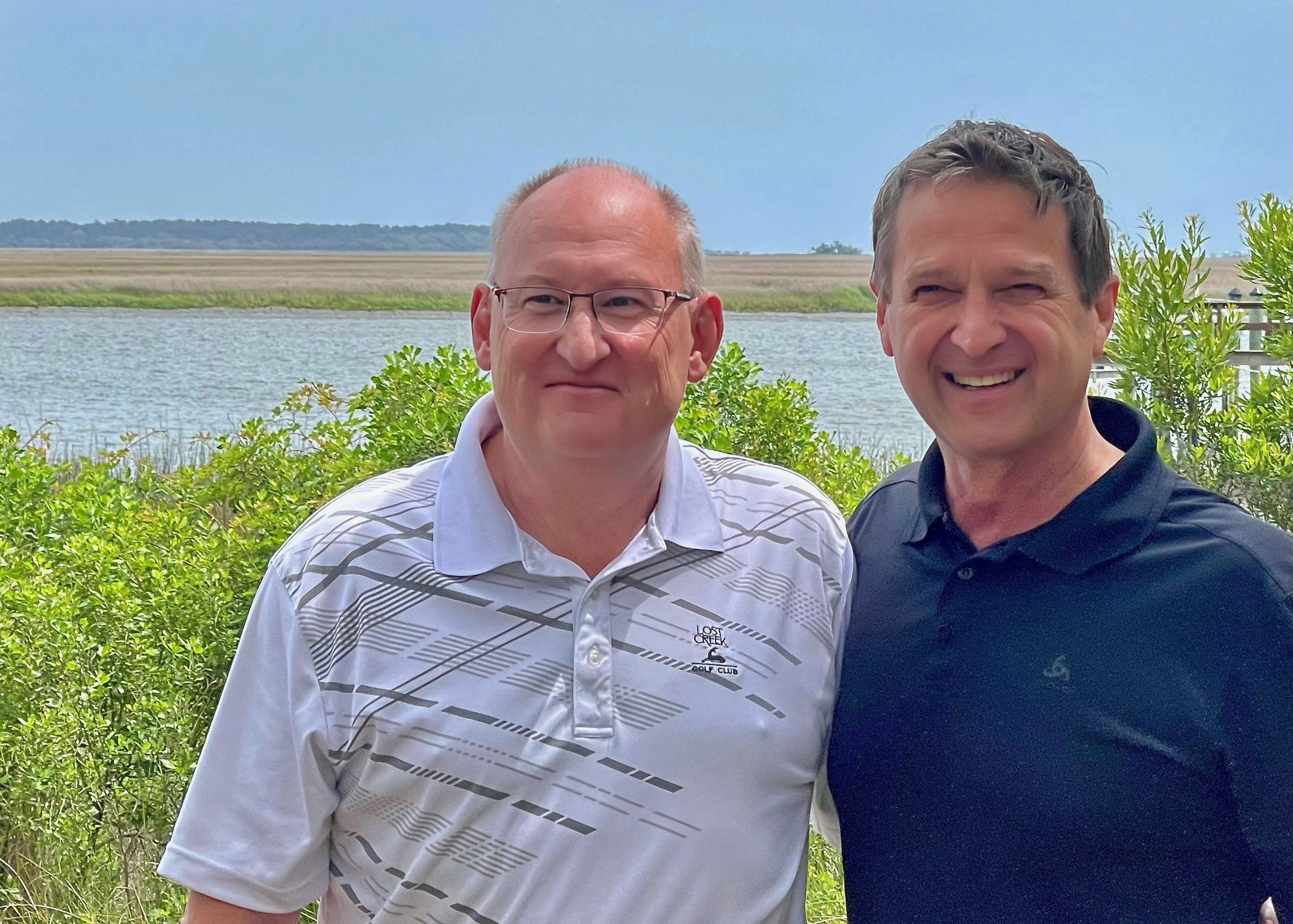Three Images of History



Two Moments in History
Moment 1—September 17, 1787 the United States Constitution was signed by delegates at the final meeting of the Constitutional Convention.
The war with Britain ended in 1783, leaving the new American government in disarray. The Articles of Confederation outlined the federal government’s rights but did not establish a central authority. By 1787, the government faced challenges such as unpaid taxes, pirate attacks, and a weak military. James Madison and other leaders organized the Constitutional Convention to establish a unified central government and address the weaknesses of the Articles of Confederation.
In May of 1787, 55 delegates gathered in Philadelphia for four months to revise the Articles of Confederation. The delegates, with an average age of 42, included politically experienced and highly educated individuals such as George Washington, Alexander Hamilton, Governor Morris, Benjamin Franklin, and James Madison. Despite his small stature, James Madison, also known as ‘the Father of the Constitution,’ was highly respected for his knowledge and contributions at the Convention.
The resulting document was not just a revision of the Articles of Confederation, but also its own creation: the Constitution of the United States. The delegates argued about various issues for months, eventually coming to an agreement on the essential purposes of government, a system of checks and balances, the division of federal and state governments, rules for interstate trade, and representation according to population.
Moment 2—Darwin (1809-1882) and Lincoln (1809-1865) were both born on Sunday, February 12, 1809
These two remarkable lives began in different corners of the world. Charles Darwin, born in Shropshire, England, is famous for his theory of natural selection. Abraham Lincoln, born in Hodgenville, Kentucky, rose from a log cabin to become a wrestler, a lawyer, a champion of equality, and the President of the United States.
One Memory Preserved
James Madison kept a diary during the four-month Constitutional Convention.
On the final day of the Constitutional Convention, September 17, 1787. While the last members were signing our U.S. Constitution, Ben Franklin, looking towards the President’s Chair, at the back of which a rising sun happened to be painted, observed to a few members near him that painters had found it difficult to distinguish in their art a rising from a setting sun.
Madison wrote, “I have often, and often in the course of the Session, … looked at that behind the President without being able to tell whether it was rising or setting.” He finally concludes:
“But now at length I have the happiness to know that it is a rising and not a setting Sun.“
James Madison (1751-1836)
Monday, September 17, 1787
Sources
The Writer’s Almanac from Tuesday, September 17, 2013

